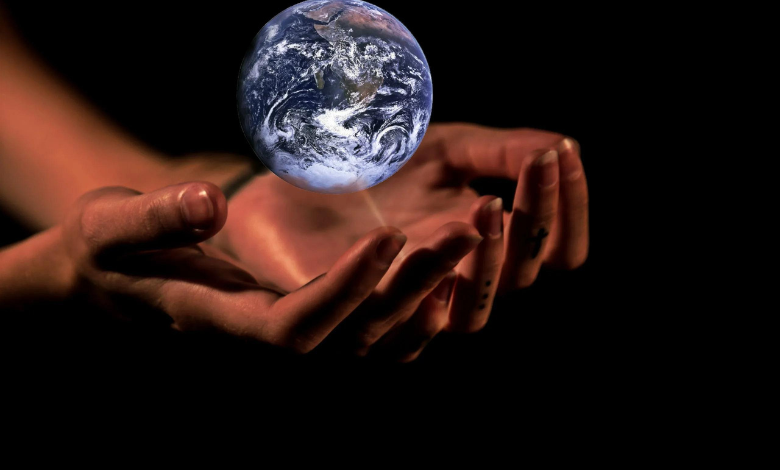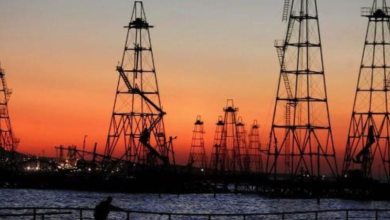Climate Reality Check: Earth’s Warming Faster Than Believed

According to a recent study by a top climate scientist, experts underestimate how quickly Earth is warming.
In a new study released on Thursday, renowned climate scientist James Hansen projects that Earth’s temperature will rise faster in the coming decades and surpass pre-industrial levels by 2 degrees Celsius by 2050. This is a lot more than the most widely used current estimates from organizations like the Intergovernmental Panel on Climate Change (IPCC), which is widely regarded as the world’s most reliable source for climate forecasts.
Hansen’s latest research indicates that the updated estimate results from earlier underestimates of greenhouse gas effects on the atmosphere as well as aerosol effects, which have partially obscured global warming.
The impact of aerosol pollution on the climate system is acknowledged by the IPCC and other experts; NASA, for instance, states that “if not for aerosol pollution, Earth would be even warmer than it already is.” However, Hansen and his co-authors argue that this impact is “underestimated.”
In a new study released on Thursday, renowned climate scientist James Hansen projects that Earth’s temperature will rise faster in the coming decades and surpass pre-industrial levels by 2 degrees Celsius by 2050. This is a lot more than the most widely used current estimates from organizations like the Intergovernmental Panel on Climate Change (IPCC), which is widely regarded as the world’s most reliable source for climate forecasts.
Hansen’s latest research indicates that the updated estimate results from earlier underestimates of greenhouse gas effects on the atmosphere as well as aerosol effects, which have partially obscured global warming.
The IPCC and other experts agree that aerosol pollution has an impact on the climate system; NASA, for instance, states that “Earth would be even warmer than it already is” in the absence of aerosol pollution. That impact, according to Hansen and his co-authors, is “underestimated.”
The paper authored by Hansen and his colleagues states that as global warming approaches the 2-degree threshold, “impacts on people and nature will accelerate”.
According to a previous United Nations scientific report, heat waves and the death toll from extreme weather have increased dramatically, and this goes beyond just temperature increases to increase the risks of weather and climate catastrophes.
According to NASA, extreme fire weather is expected to be more intense and linger longer in the American West.
Sea level rise poses a threat to coastal cities.
Indeed, according to NASA, sea levels will rise more than 0.66 feet along more than 70% of Earth’s coastline if global warming reaches 2 degrees Celsius. This will have an impact on ecological systems and human health by increasing coastal flooding, beach erosion, and salinization of water supplies. According to Hansen, we “must avoid 2 degrees global warming, which would otherwise result in the loss of our coastal cities near the end of this century,” USA TODAY reported.
Earth’s climate more sensitive than usually assumed’
Hansen’s new study concludes that the Earth’s climate “is more sensitive than usually assumed” to both aerosols and carbon dioxide, based on improved paleoclimate data.
The authors conclude that the cooling effect of man-made aerosols, or fine airborne particles found in air pollution, has largely offset the expected warming caused by greenhouse gases over the past century. The study claims that worldwide limitations on ship-related aerosol emissions and decreased air pollution in China are to blame for the aerosol’s decrease since 2010.
“This aerosol reduction is good for human health, as particulate air pollution kills several million people per year and adversely affects the health of many more people,” Hansen stated. “However, aerosol reduction is now beginning to unmask greenhouse gas warming that aerosol cooling hid.”
The authors of the study refer to aerosol cooling as a “Faustian bargain” because greater warming is eventually required as a trade-off for humanity’s eventual reduction in air pollution.
Read More: Climate Battle at Sea: Shipping Industry Faces $10 Billion Annual Loss by 2050
How should we proceed?
According to the study, there are three things that people can do to prevent the 2-degree increase in global temperature:
(1) A growing global price on greenhouse gas emissions coupled with the creation of plentiful, reasonably priced, and transportable clean energy.
(2) East-West collaboration that takes the needs of the developing world into account.
(3) Research and develop short-term solutions to the planet’s massive energy imbalance.
Hansen concludes, “We live in a climate that is marked by delayed response, which is a recipe for intergenerational injustice.” “To ensure a bright future for themselves and their children, young people need to understand this situation and the actions needed.”
The latest research, “Global warming in the pipeline,” was published in Oxford University Press’s Oxford Open Climate Change journal.



